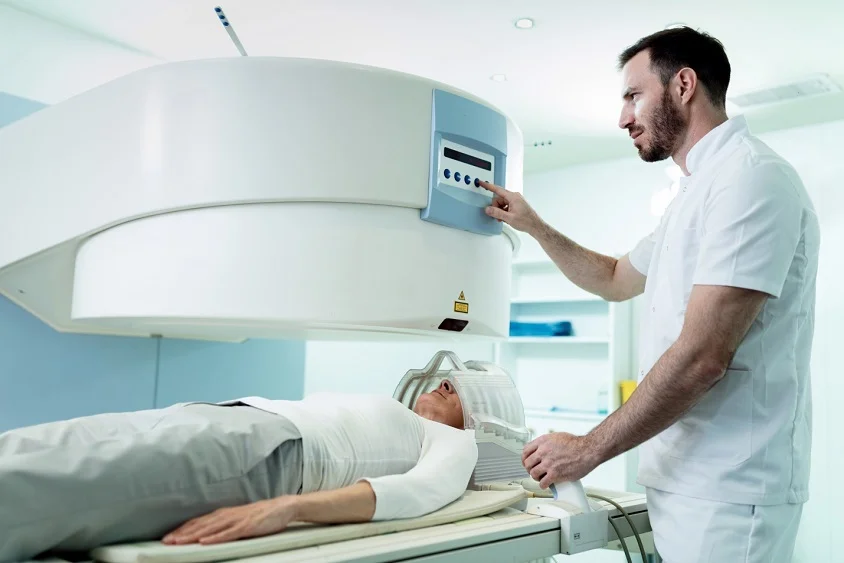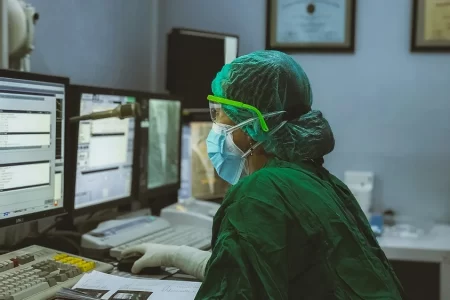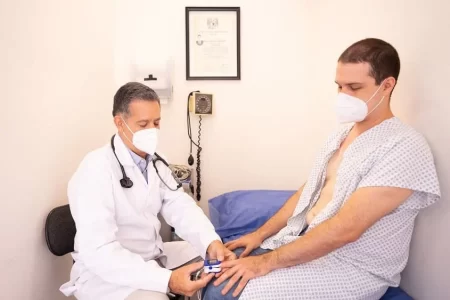Conventional radiotherapy has always been part of the treatment arsenal for cancer. Life-saving radiotherapies may be due to X-ray beams that ruthlessly and meticulously obliterate cancer cells.. It has been effective in saving lives and aiding patients.
However, there is a downside. X-Rays can harm the nearby healthy tissues as well, leading to tiredness, skin changes, hair loss, nausea, and vomiting based on the area being treated.
There are some side effects that can stay hidden for decades or even years and then come out. The daily work and habits become tougher because the cells are constantly laboring to heal and recover.
This issue constantly challenges scientists to find new therapies that work better in eradicating cancer, but are less harsh on the body. The positive news is that there are some early results.
This blog post will highlight the most powerful emerging technologies in cancer treatment—and the paths toward gentler healing with fewer side effects.
1. Proton Therapy
Replacing X-rays with a beam of protons makes proton therapy an advanced type of radiation therapy.
Instead of uniformly like X-rays, protons deposit the majority of their radiation dose at a very precise depth known as the Bragg Peak. This makes proton therapy very precise.
There are clear benefits. Both proton and regular radiation therapy target tumors but do not destroy healthy tissues and organs beyond the tumor. This reduction of dose of radiation produces fewer and less serious side effects, a marvelous benefit for patients
A study on the efficacy of proton therapy published in Science Direct corroborates this. The study found that patients with localized prostate cancer tend not to have severe late urinary and gastrointestinal side effects. Reduction of such side effects enhances quality of life.
Proton therapy is most useful for the management of cancerous tumors that are in close proximity to critical body structures, such as the brain, spinal cord, or eyes
2. CAR – T Cell Therapy
An innovative form of immunotherapy, chimeric antigen receptor (CAR) cell therapy harnesses the power of the body’s defense systems to fight cancer.
As Alloy Therapeutics explains, CARs have a unique structure with an external domain and internal signaling domain. This structure allows them to bind with cancer molecules and ensures that CAR-T cells can recognize cancer and are signaled to perform their functions.
The process begins with the isolation of a patient’s T cells, a type of white blood cell responsible with defending the body from infections and abnormal cells. These T cells undergo a refinement process where they are sent to another facility that modifies them by adding a CAR that enables these T cells to bind with antigen proteins present on the surface of malignant cells, allowing them to capture these proteins.
It has always been challenging to select the optimal binders like scFvs or nanobodies. The problem is that these binders may function well in their original form, but once they are converted to CARs, their effectiveness may not be the same.
Platforms for discovering and developing Therapeutic drug discovery aim at solving complicated problems. These platforms can rapidly test and optimize CAR designs through advanced technologies. Furthermore, they can create and test large antibody libraries to find the best candidates for cancer treatment.
Because of therapy targeting precision accuracy and customization improves grade as well as efficiency for the individual patient.
3. Gene Editing
With this technology, scientists can now alter certain portions of the genetic code. More specifically, this gives the chance to fix errors within the genes that cause cancer or strengthen the body’s natural ability to fight cancer.
Through gene editing, the possibility of enhancing cancer treatment is certainly available, as it could be used to alter genetic faults responsible for the disease thereby cutting off the head of the proverbial hydra, and it is possible that gene editing will augment other therapies as well.
Consider, for example, the gene editing sequence that modifies T-cells used in CAR-T therapy so that they can identify and more effectively target the malignant cells; this alteration would not stand alone as a form of therapy because it wouldn’t be sufficient by itself. But it does serve the purpose of enhancing existing treatments, and quite the opposite serves as alternative core technologies for advanced therapies. Ultimately, this leads us to the reality where different cancer treatment therapies would work in synergistic unison.
Also, this technology can enhance the effectiveness of current cancer drugs and helps in refining laboratory models of cancer. More so, it could harness the body’s immune system to fight cancer more effectively.
Even editing genes in tumors directly is something that looks very promising. Scientists are developing ways to modify genes in cancer cells, especially the so-called “master” genes that control the growth and spread of tumors. This technique could almost be used to rewrite the program of malignant cells so that they would either cease replication or trigger self-destruction.
A Horizon of Hope:
The development of these therapies is rather shifting the focus of cancer treatment to these therapies. They enable better precision in monitoring and diagnosing the disease, as well as more efficient and targeted interventions with minimal collateral damage using the body’s immune system.
Research suggests that these new therapies aim especially to minimize the impact of traditional therapies. This is expected to enhance patients’ quality of life (QOL) both during treatment and thereafter.
In spite of the current challenges, we can confidently assert that the future of cancer care is the most promising it has ever been. Such breakthroughs present true hope not only for the patient, but indeed for the entire family. They promise a future in which the efficacy of cancer treatments will not only be favorable, but also more kind to the body and mind.







